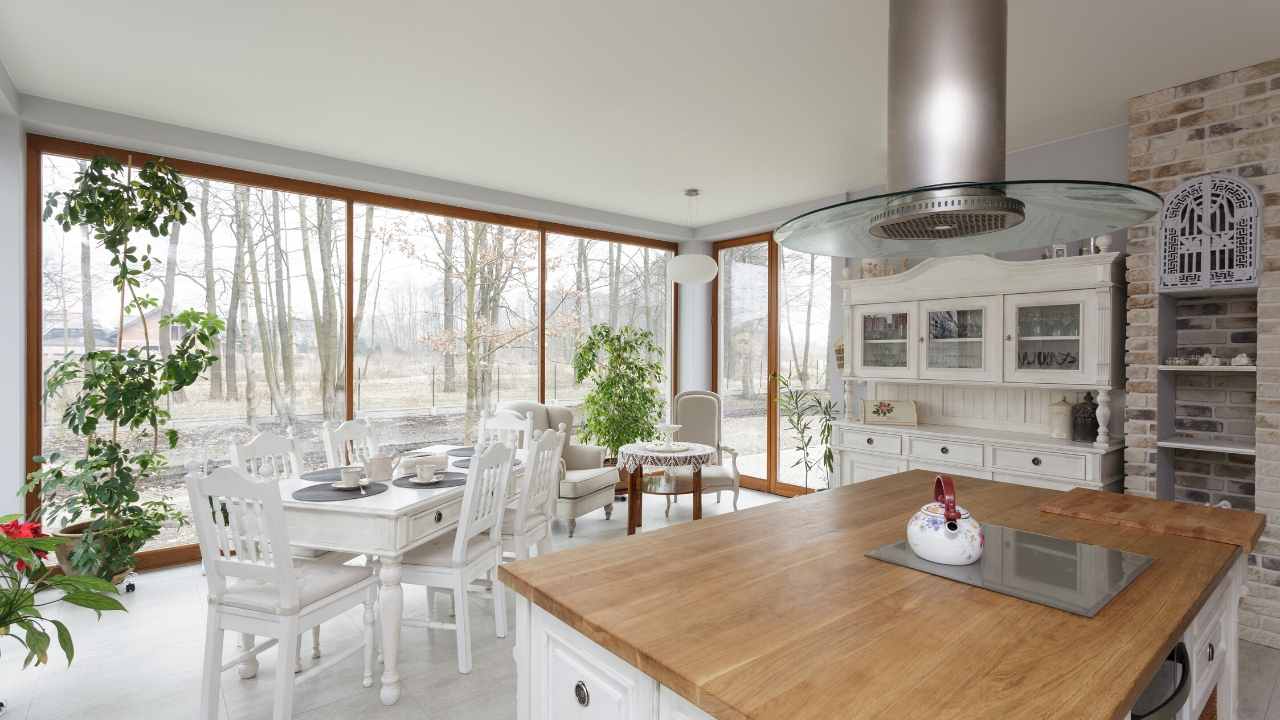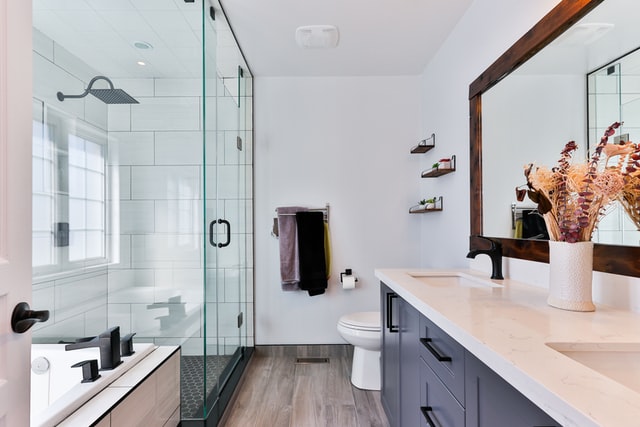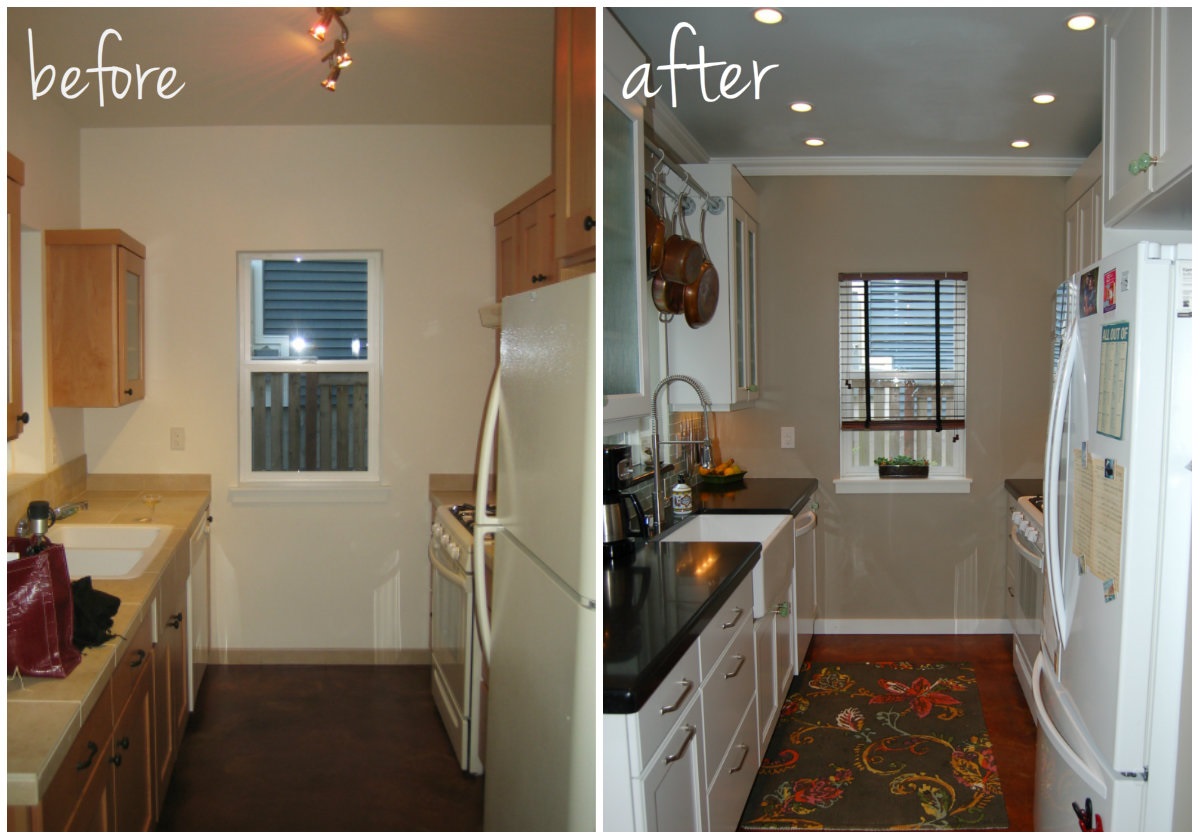
Do-it yourself enthusiasts will know how frustrating it is to clean up the dust after you have completed your project. Engineers have worked for years to find ways to avoid this problem. The result is the ZipWall, a dust barrier that zips up and fits tightly around any space. Although it's quite costly, the ZipWall is a great option for DIY-lovers. Listed below are some helpful tips for constructing your own DIY dust barrier.
To seal air registers or ducts, use cardboard. These areas can be a breeding ground for dust and can damage your air filters. These areas can be covered with tape or plastic to prevent dust from escaping. You should cover any areas that could be prone to making the most mess and dust in your home. If necessary, you can cover the entire room in thick plastic to create a temporary wall. This will keep dust from getting into the room during construction.

Kits are also available pre-assembled and ready for use by those who have more experience. These kits are very similar to the ones sold by companies such as ZipWall, but come with more options for a DIY dust barrier. You can get a kit with four adjustable poles. There are also two red zippers that zip n' close. A carrying kit is also available. These items are very easy to assemble, and they are also relatively cheap.
You can also use a sticker to attach to the exterior of the work area as a DIY dust-proofing material. These mats will keep dirt from getting outside. They will also catch dirt and grit that might be tracked in. After you have finished your project, take the sticky sheet off and replace it with another clean sheet. Sticker mats will last for approximately one year. The 30 sheets of adhesive material are very durable. The stickers can also be used to attach your company logo to the DIY dust barrier. This will make your project even more unique.
When remodeling, a DIY dust barrier can be a great option to keep dust at bay. A zippered plastic sheet can be cut to 10 feet in width. Make sure you cut the large rolls of plastic in half. You can then run it horizontally along the ceiling or floor. If the plastic is thinner, you can connect it horizontally so that it fits around the window.

It should be strong enough for heavy dust loads. It should hold the amount of dust you wish to contain. A DIY dust-barrier should be strong enough resist heavy objects. A DIY version should be strong enough to withstand dust particles. It is important to follow the DIY process with care. The better the barrier, the less messy the project is. This includes a door kit, which attaches to your frame.
FAQ
Can I rent a dumpster?
You can rent a dumpster for debris removal after your home renovation. Renting a dumpster to dispose of your trash is a great option.
How long does it take for a home to be renovated?
It depends on how large the project is, and how long you spend on it each day. The average homeowner spends three to six hours each week working on the project.
Is there any way to save money when renovating my home?
You can save money by doing most of the work yourself. One way to save money is to try and reduce the number people who are involved in the remodeling process. You could also try to find ways to reduce the cost of materials used in the renovation process.
How do I start a renovation of a house?
You must first clear out the clutter outside and inside your home. Next, remove moldy spots, replace damaged walls, fix leaky pipes, and paint the whole interior. Next, clean the exterior surfaces and paint.
Statistics
- A final payment of, say, 5% to 10% will be due when the space is livable and usable (your contract probably will say "substantial completion"). (kiplinger.com)
- Design-builders may ask for a down payment of up to 25% or 33% of the job cost, says the NARI. (kiplinger.com)
- They'll usually lend up to 90% of your home's "as-completed" value, but no more than $424,100 in most locales or $636,150 in high-cost areas. (kiplinger.com)
- It is advisable, however, to have a contingency of 10–20 per cent to allow for the unexpected expenses that can arise when renovating older homes. (realhomes.com)
- Rather, allot 10% to 15% for a contingency fund to pay for unexpected construction issues. (kiplinger.com)
External Links
How To
Are you renovating the exterior or interior first?
Which should I choose first?
There are many factors that you should consider when choosing the right project. The most important thing to consider when deciding which project to start is whether the structure is old or new. It is important to assess the condition of the roof and windows as well as the doors, flooring, and electrical system. There are many aspects to consider when a building is brand new. These include the size and style of the rooms, as well as their location.
If your building is very old, you should first look at its roof. If the roof looks like it could fall apart any day now, then you might want to get started on the renovation before anything else. Next, you can check if your roof is okay. Next, take a look at the windows. If the windows are dirty or broken, you may need them to be replaced. Next, clean the doors and ensure that they are free of debris. You can now begin to install the flooring if everything looks fine. You should ensure that the flooring does not crack or become unstable no matter how many times you walk on them. After you have completed these steps, you can move on the walls. Check the walls for cracks and damage. If the wall looks good, you can proceed to the next stage. You can now inspect the ceiling. Make sure the ceiling is sturdy enough to withstand whatever weight you place on it. Then you can start your renovations if all goes well.
If the building was newly built, you'd probably start with its exterior. Examine the exterior of the house. Is it clean? Are there cracks or holes? Does it look great? You should fix any exterior problems. Your home shouldn't look shabby. Next, you need to inspect the foundation. Repairing the foundation is a good idea if it appears weak. Also, inspect your driveway. It should be smooth and flat. If it isn't, then you should probably fix it. Check the sidewalk as well. You should replace the sidewalk if it's uneven.
Once you have completed these inspections, you can now move on inside the house. Look at the kitchen first. Is the kitchen clean and well maintained? It should be cleaned up if it's messy. Next, examine the appliances. The appliances should be in good working order. If they aren’t, you need to either get new ones or fix them. Next, inspect the cabinets. If they are stained or scratched, then you should probably paint them. If they are in great condition, then you can go to the bathroom. In here, you should check the toilet. If it leaks, then you should probably get a new one. It's best to wash it if it's only dirty. Next, take a look at all of the fixtures. Make sure they are clean. If they are dirty, then you should definitely clean them. Finally, you should inspect the countertops. They should be repainted if they are chipped or cracked. You should seal them if they are shiny and smooth.
The last step is to check the furniture. Check that nothing is damaged or missing. If something is missing, then you should probably find it. You should fix anything broken. Once everything is checked, then you can move back outside and finish the job.